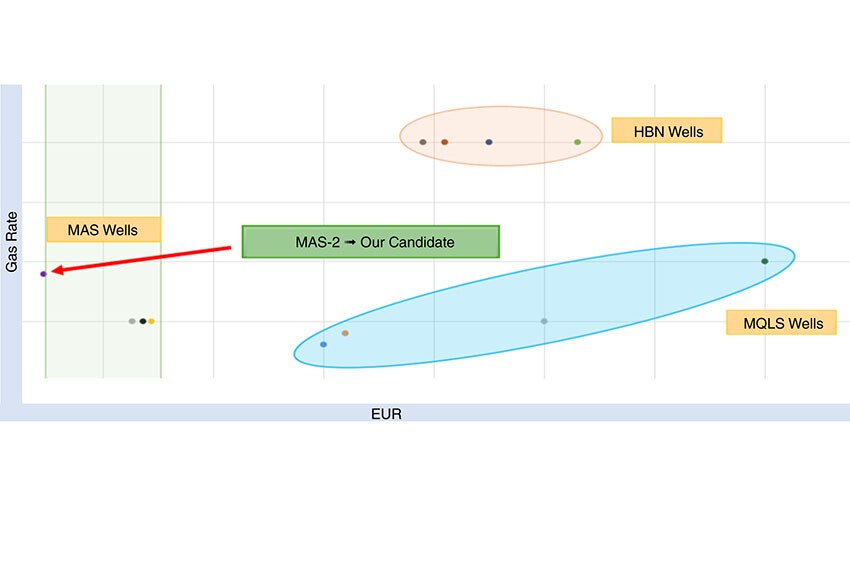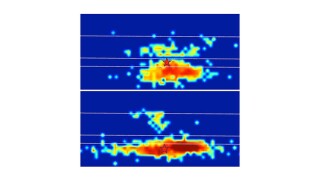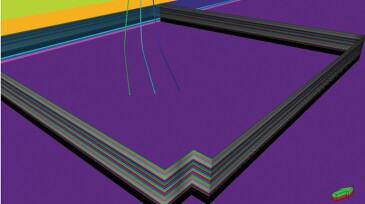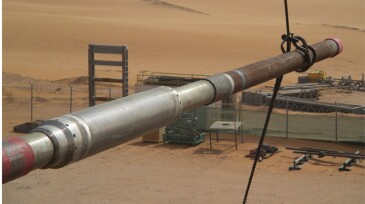Acidizing/stimulation
This study explores enhancing gas production through a novel combination of prestimulation using a coiled tubing unit and high-rate matrix acidizing.
The authors of this paper describe a method of stimulating a multizone hydrocarbon-producing well wherein a tool is deployed downhole by wireline to generate acid vapor at a target depth, allowing each interval to be treated uniquely.
In this work, microseismic observations are integrated with strain and other observations to investigate the microseismic response in relation to the underlying hydraulic fracture geometry for different rock types.
-
Carbonate reservoirs require effective acid stimulation to improve well productivity. For long horizontal wells, a complicating factor has previously been the difficulty of controlling acid placement along the reservoir section. The Smart Liner concept uses a number of small holes spaced in such a way so as to distribute the acid evenly along the reservoir interval.
-
HCl acid stimulation of carbonate production requires the retardation of the HCl-carbonate rock reaction to achieve the optimum balance between total fluid used and the enhancement of well production. The described investigation was done offshore Sarawak using Indiana Limestone cores.
-
Flow rate is a major challenge for geothermal. However, the techniques used in shale to prevent flow localization can be applied directly to geothermal. If we can create hundreds or thousands of flowing fracture pathways around a horizontal or deviated geothermal well, then we will have truly “changed the game.”
-
The implementation of fishbone stimulation helped to more than double estimated well productivity and tripled the production rate in a tight carbonate reservoir well compared with conventional stimulation during initial testing.
-
The authors describe a carbonate reservoir stimulation technique able to deploy acids in the rock far away from the wellbore through mechanically drilled holes with known depths and azimuths.
-
Hydrochloric acid continues to be the most effective and low-cost material for carbonate stimulation. Though exotic chemistries such as chelating agents and organic acids have been promoted for being less corrosive at high temperatures, the cost and dissolving capacity limit their use to large-scale implementation. The ability to inhibit the corrosion tendency of hydr…
-
The paper presents a case study of fracture interaction mitigation in a multistage horizontal stimulation of an offshore Black Sea well.
-
Using validated models, the authors provide a comparative analysis to determine the advantages of using natural gas foams relative to conventionally used slickwater, linear gel, and crosslinked fluid.
-
The authors have investigated the effect of perforation hole size, geometry, and shape on the coefficient-of-discharge value at ambient conditions and with backpressure, before and after sand erosion.
-
The paper describes the operator’s first implementation of fishbone stimulation technology, establishing a precedent for other fishbone candidate wells.













